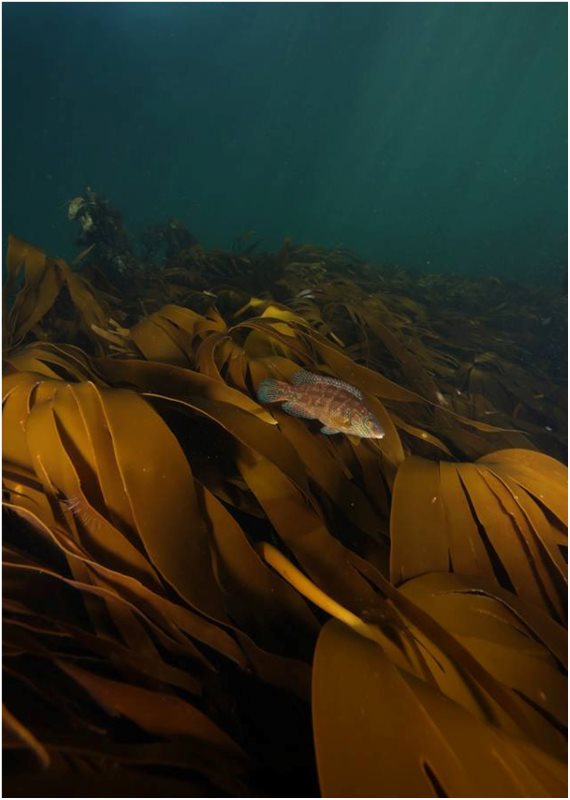
Think of entering a forest with up to 100.000 small animals of about 200 different species per square meter. That is just incredible.
The size of the kelp varys quite a lot from giving the feeling of being in a park to a real trip in the forests with three meter high bushes. The Norwegian kelp forests in northern europe are among the most productive saltwater areas in theworld. As an example, the biological production of the kelp in the area captures crab on equvivalent the pollution from two million carseveryyear. It is not strange some people call it a marine rainforests.
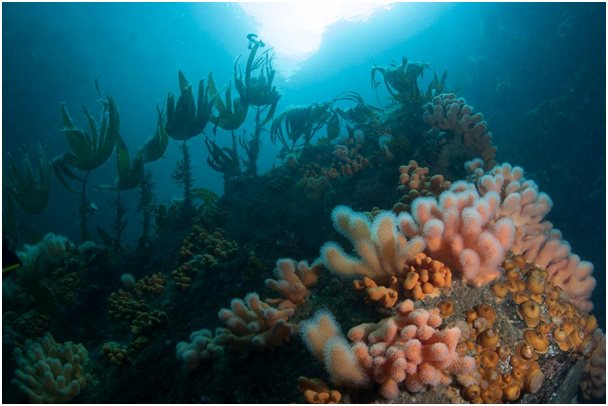
The Norwegian kelp forest is found along the coast of Norway at hard bottoms from the surface down to apporximatley 30 meters depth. This make it perfect for recreational diving, but be careful – the weather conditions could be rough.
In general the more beautiful kelp forest there is, the higher risk of wawes and current you have. My favorite kelp forests are outside Lofoten and Vesterålen at the glance of the Barents sea, but it is not every week you will be able to og diving.
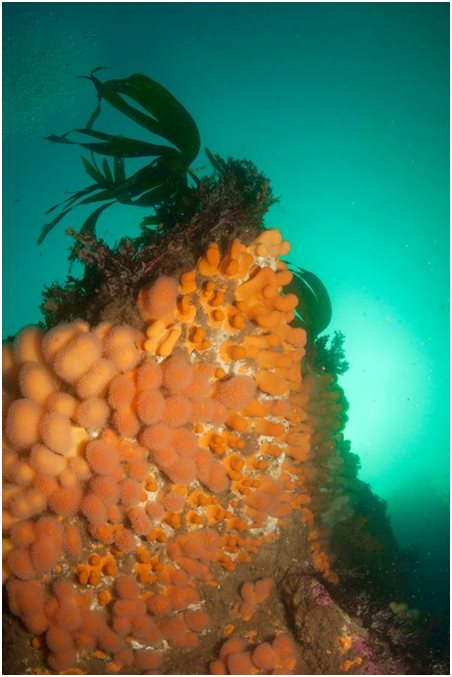
With more than 25.000 km coastline, there is plenty of space, so if the conditions are bad, ut is just to move a bit and then every thing is fine. There is possible to find beautiful places where almost no one have been diving, but using the common dive places will normally be quite safe. You will probably bot meet anyone else.
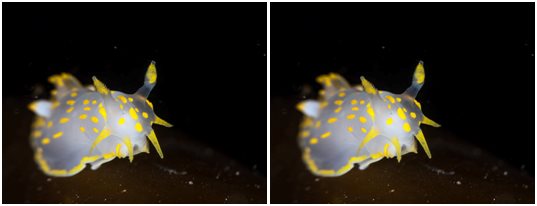
What is so nice about diving in these conditions?
Lets say you are entering the sea, finding your boyancy and start swimming over some kelp leafs. There are schools of two spotted gobies every where and some larger wrasses pass you before they dissapear without any reason. After a while you start looking under the leafs and then you discover a whole new world three meters down. You swim down and you even find space to swim between the threes. If you calm down a bit and stay stil, you will recognize colorful wrasses passing by to have a look. If you look careful at the bottom, you will find sculpins, crabs, shrimps, ampiphods and nudibranchs. After swimming for a while, you might find a canyon with a wall filled with dead mans fingers. Be careful and take a look at the wall. In the small holes or crevises you might find the yarells blenny. A bit deeper, there might also be some juvenile wolffish. In these conditions, it is very easy to forget your dive time, so be careful.
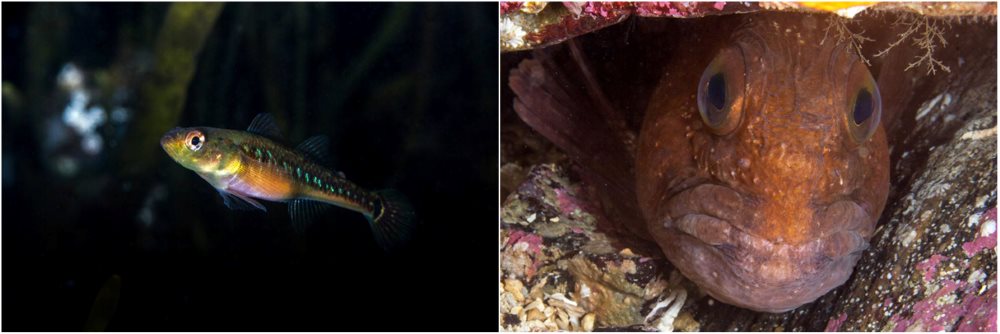
Collecting food
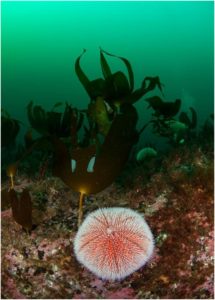 Normally collecting food will be completly banned on dive trips. There are no laws against collecting anything else than lobsters, king crabs and salmon, but at the most common dive spots it is very unpolite to catcha nything, If you are out of food, don’tworry. There are lots of alternative places to collect scallpos, oysters, mussles, crabsetc to have your premium fresh sea food. With this long coastline and quite few sports divers more than a kilometer kelp forest per diverif all enter at the same time), it should be acceptable to eat some meals during your stay. Just remember to check the forecast for shell posion with the locals before eating.
Normally collecting food will be completly banned on dive trips. There are no laws against collecting anything else than lobsters, king crabs and salmon, but at the most common dive spots it is very unpolite to catcha nything, If you are out of food, don’tworry. There are lots of alternative places to collect scallpos, oysters, mussles, crabsetc to have your premium fresh sea food. With this long coastline and quite few sports divers more than a kilometer kelp forest per diverif all enter at the same time), it should be acceptable to eat some meals during your stay. Just remember to check the forecast for shell posion with the locals before eating.
How to og diving
Diving in Norway isn’t always too easy. It could be difficult to find any companies operating the area you are going. The reason is quite simple. The locals are used to og on individual dive trips without a guide and gas filling is done at home, the local diveclub or at the local fire department. For those who want, there are some companies giving full services from the southern coast up to Lofoten, but further north it is a bit difficult.
An alternative way, is to bring all your gear, a tent to live in and then fill air at the dive shops or dive clubs while moving around. It will provide freedom, it is cheap and it is a quite alternative holiday you will never forget. For those who do freediving, this way of doing your dive holiday is perfect. The most beautiful areas ofthe kelp forests are shallow and there is no reason to dive to deep.
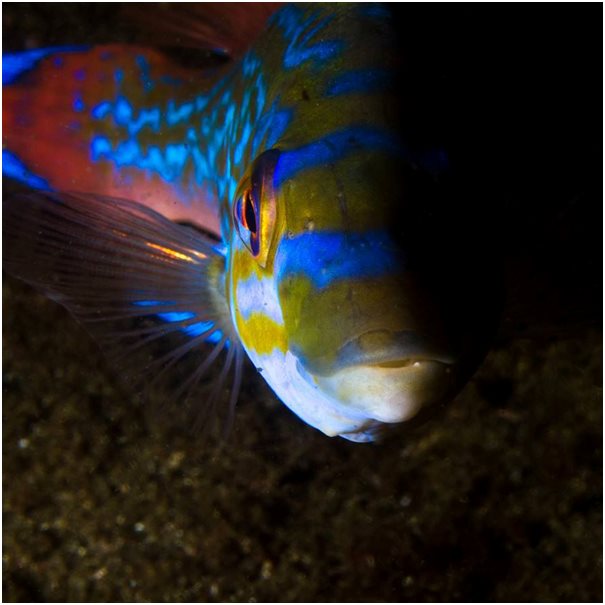
For those who want to try diving in the Norwegian kelp forests by themselves, there is a wiki site dykkepedia.com giving all the information you need with dive operators, maps, etc. in Norwegian. Luckilly the texsts are so simple that google translate will work quite well.
For the others, I will reccomend a stay in Gulen dive resort, Strømsholmen dykkesenter, Northern Explorers, Nærøydykk, Saltstraumen, Aqua Lofoten or Lofoten Diving who all will provide a full pensoion, guided trips and airport transfer.
Treats and future for the kelp forests.
The value of kelp, both as human food and also as an effective organism for binding carbon (often called blue carbon) has increased the interest for the kelp. At the beginning of yoear 2000 large areas of kelp forestes were grassed down by sea urchins. Lately it has started to reestablish in all the areas. The reason is not totally clear, but a combination of large populations of pelagic herring eating the larvaes from the urchins combined with warmer sea water can be a god explanation. It therefore seems like there will be more beautiful kelp forest to swim in in the future.
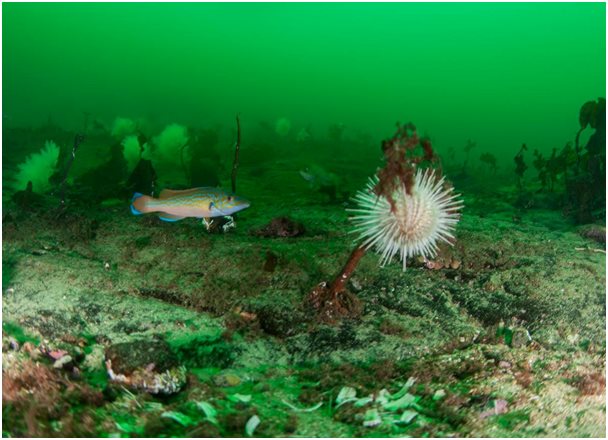
WORDS and PICTURES by Rune Edvin Haldorsen

















